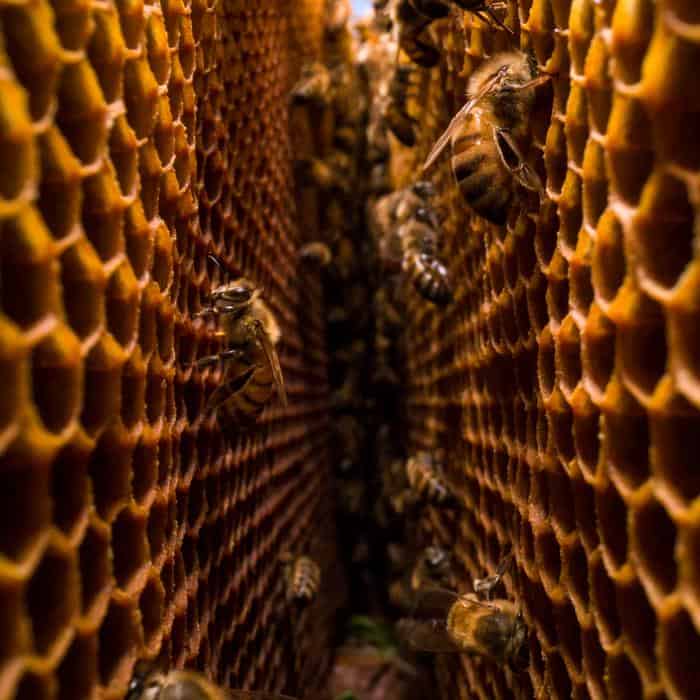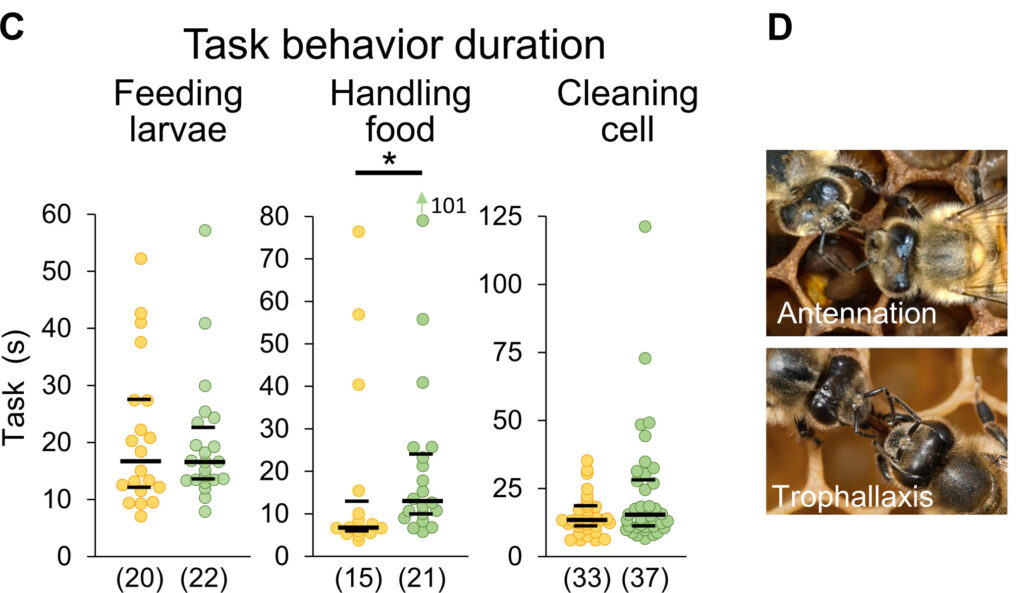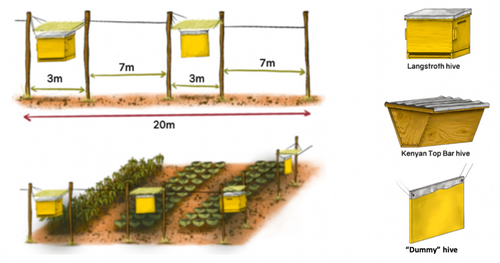PSU Study Using Maryland Data Finds Evidence Urban Beekeeping Negatively Impacts Native Pollinators
A Penn State team led by Dr. Gabriela M. Quinlan and using a dataset from Maryland has provided the largest scale, most phylogenetically resolved assessment of non-native honey bee density effects on wild bee abundance to date. Maryland beekeeping. The abstract explains, "As beekeeping in Maryland primarily consists of urban beekeeping, we also assessed the relative impact of developed land on wild bee communities." Take homes? There is a 90% probability that managed beekeeping is detrimental to 6 of 33 wild bee genera, with biggest impacts on primarily late-season, specialist genera (several long-horned genera represented) or small, ground nesting, season-long foragers (including several sweat bee genera). One upside: " developed land was associated with an increase in relative abundance for some genera including invasive Anthidium and other urban garden-associated genera." [More info]

Bee Bread Sampling May Be Useful Monitor of Colony Chemical Exposure
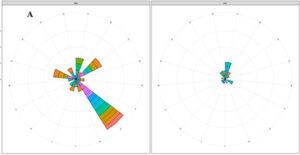
May vs. June Residues in Bee Bread
What if analysis of bee bread could unlock information about types of chemical exposure, its timing, and its sources for our colonies? A Slovakian research team led by Martin Staroň and Abdulrahim T. Alkassab published findings in the October 2024 Apidologie that demonstrate that analysis of in-hive stored pollen reflects the spectrum of visited plants. Bee bread can be considered a suitable matrix and a good bio-indicator reflecting honey bee exposure to pesticides over the season. In May, they found much higher chemical residue levels (including both pesticides and fungicides, and legal and illegal substances) than they did in July. They were able to associate particular contaminants with specific species on which the bees had foraged. [More info]
Honey bees stockpile in comb structures symmetrically
We may be messing things up more than we know when we dig around in our colonies! The Smith Bee Lab at Auburn University has just published a study demonstrating consistent symmetry in the organization of the internal contents of honey bee colonies. The colony creates a mirror image, where the contents on one side of the honeycomb match the opposite side. What’s more, this symmetry benefits the colony, and is found across all species of honey bees they investigated. “We kept colonies in huge observation hives, so that the bees could build a full-sized nest between the two panes of glass, and we could inspect the nests many times without disturbing them. The only problem is that when you want to map the nest, all the bees are also in there, so you have to wait until they move out of the way to peek inside each cell...we were able to collect 148 nest maps from six colonies” said Michael L. Smith, PI of the Smith Bee Lab, and first-author of the study published in Current Biology. [More info]
Bee Cooperation: It's Nature, Not Nurture, and the Genes Prove it
Eusocial, cooperative behavior in honey bees is widely observed and admired, but our understanding of its origin and mechanisms is still rudimentary. A Heinrich Heine University team led by Dr. Martin Beye has recently demonstrated that honey bee cooperation is strongly linked to a single gene: doublesex (dsx). It's an important question: many studies have demonstrated bees' ability to learn, and improvement in performing tasks like Waggle Dancing over time. But cooperation is innate. The key discovery is that the dsx gene influences worker bee-specific behavior, noted study first author Dr. Vivien Sommer. “The gene programs whether a worker bee takes up a task in the colony and for how long. This includes collective tasks such as caring for the larvae or foraging for food and social exchanges on food sources, for example." [More info]
Honey Bees Effective in Saving Elephants
Though human-elephant conflict is growing in Kenya, a recently completed 9-year University of Oxford study published in the Journal Conservation Science and Practice, shows that beehive fences deterred 86.3% of elephant incursions into farm fields. Kenya is experiencing explosive population growth, and elephant damage to crops is driving threats to the mammals. First introduced by Save the Elephants in 2007, fences comprised of beehives have shown promise. This study is the first to demonstrate how effective this strategy can be! However, researchers caution that ongoing habitat degradation and persistent droughts could threaten the long-term effectiveness of this natural deterrent. [More info]
New Honey Bee Certification Program for Veterinarians
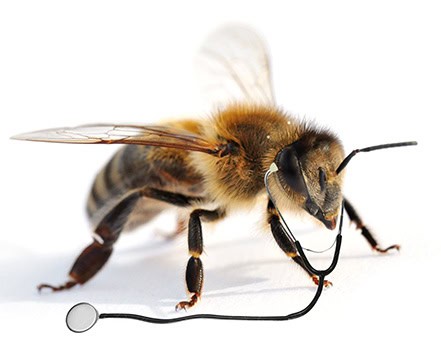
The Veterinary Food Directive of 2017 made the path to treatment of colonies with antibiotics pass through a veterinarian, even though vets who are Apis-savvy are hard to find. This fall, however, the Honey Bee Veterinary Consortium, which has been working on the issue for several years, announced a new certification program in honey bee medicine for veterinarians – the CertHbV designation. It is a significant commitment! Veterinarians are asked to complete 150 continuing ed hours over 7 topical modules, including requirements for 40 hours of hands on experience, 30 of it with at least three different beekeepers. The site also includes a searchable list of veterinarians who are interested in working with bees. [More info]
AFB/EFB Test Kits Will No Longer Be Available in the USA
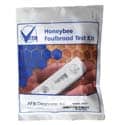
Due to their low cost, ease of use, high sensitivity and specificity, and immediate results, beekeepers, and state apiary inspectors and even veterinarians have relied on Vita Bee Health American Foulbrood (AFB) and European Foulbrood (EFB) diagnostic kits to diagnose AFB and EFB in honey bee colonies. The diagnostic kits are currently available in 60 countries, no longer including the US. The kits are still in stock at several retailers, but have expiration dates/cannot be stockpiled. The USDA's Center for Veterinary Biologics informs that Vita Bee Health had a provisional permit to sell the diagnostic kits in the US and unfortunately, before that permit expired, they did not follow up with the approval process. According to Vita Bee Health, the two-year registration process was
prohibitively expensive. Alternatives? Submit a sample to the Beltsville Bee Lab (though this takes time) and brush up on colony diagnostics. [More info]
[Return to November 2024 BeeLine newsletter]


